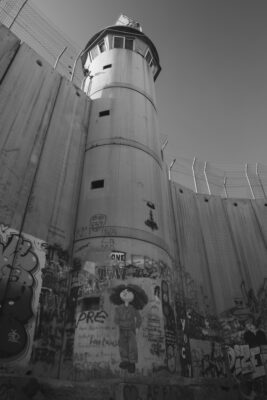
Israel Considered Recognizing Hamas Rule Prior to the October 7 Attacks
In the months leading up to the tragic events of October 7, 2023, Israel’s defense establishment explored the possibility of a “hudna” (ceasefire) with Hamas, the governing entity in the Gaza Strip. This initiative, known as the “Hudna Plan,” was spearheaded by Major General Ghassan Alian, head of the Coordinator of Government Activities in the Territories (COGAT), and was disseminated on June 11, 2023.
The genesis of this plan can be traced back to a May 2023 meeting in Cairo, where representatives from Israel’s Shin Bet and the Israel Defense Forces (IDF), including Maj.-Gen. Alian, engaged with Egyptian officials. During this meeting, Egypt proposed a ceasefire arrangement with Hamas. Upon returning to Israel, COGAT established a think tank comprising members from Shin Bet and the IDF’s Southern Command to refine the proposal. The finalized “Hudna Plan” was subsequently presented to then-Defense Minister Yoav Gallant, aiming to formalize a long-term understanding with Hamas regarding its governance over Gaza.
At that time, Israeli defense officials believed that the 2021 Operation Guardian of the Walls had established a significant deterrent effect. There was a prevailing assessment that Hamas had demonstrated restraint by not actively participating in the 2021 conflict, distinguishing its behavior from that of Palestinian Islamic Jihad, which was more belligerent. This perception led to the consideration of a de facto acceptance of Hamas’s rule in Gaza, allowing the organization to consolidate its influence and expand regional ties.
However, unbeknownst to Israeli officials, Hamas’s leadership, under Yahya Sinwar, had already set plans in motion for the devastating October 7 attacks. Intelligence gathered after the fact revealed that Hamas’s engagement in ceasefire discussions was a strategic deception, designed to lull Israel into a false sense of security while covert preparations for the assault continued. This duplicity underscores the complex and often perilous nature of negotiations with entities that have historically employed terrorism.
During this period, the United Nations Relief and Works Agency (UNRWA) played a significant role in Gaza, facilitating the transfer of substantial funds intended for humanitarian purposes. Israel permitted these transactions, operating under the belief that UNRWA served as a stabilizing presence in the region. However, subsequent evidence indicated that elements within UNRWA were complicit in the October 7 attacks, including the concealment of weaponry beneath their facilities. This revelation has prompted a reevaluation of the organization’s activities and its impact on regional stability.
In response to inquiries about the “Hudna Plan,” COGAT clarified that their operations are conducted in alignment with the directives of Israel’s political leadership. They emphasized that the 2023 documents reflected an Egyptian proposal and were not an independent Israeli initiative. Former Defense Minister Gallant has advocated for the establishment of a state commission of inquiry to thoroughly investigate the events leading up to October 7, encompassing all relevant political and military figures.
The Prime Minister’s Office (PMO) provided additional context, noting that in September 2023, amidst border protests initiated by Hamas, the organization presented a comprehensive list of demands for a long-term arrangement, including economic incentives and infrastructure projects in Gaza. In a series of discussions led by the Prime Minister, security chiefs expressed support for exploring understandings with Hamas to ensure stability. However, the Prime Minister ultimately rejected Hamas’s extensive demands, approving only a limited increase in worker permits and directing preparations for potential military action against Hamas leadership in Gaza.